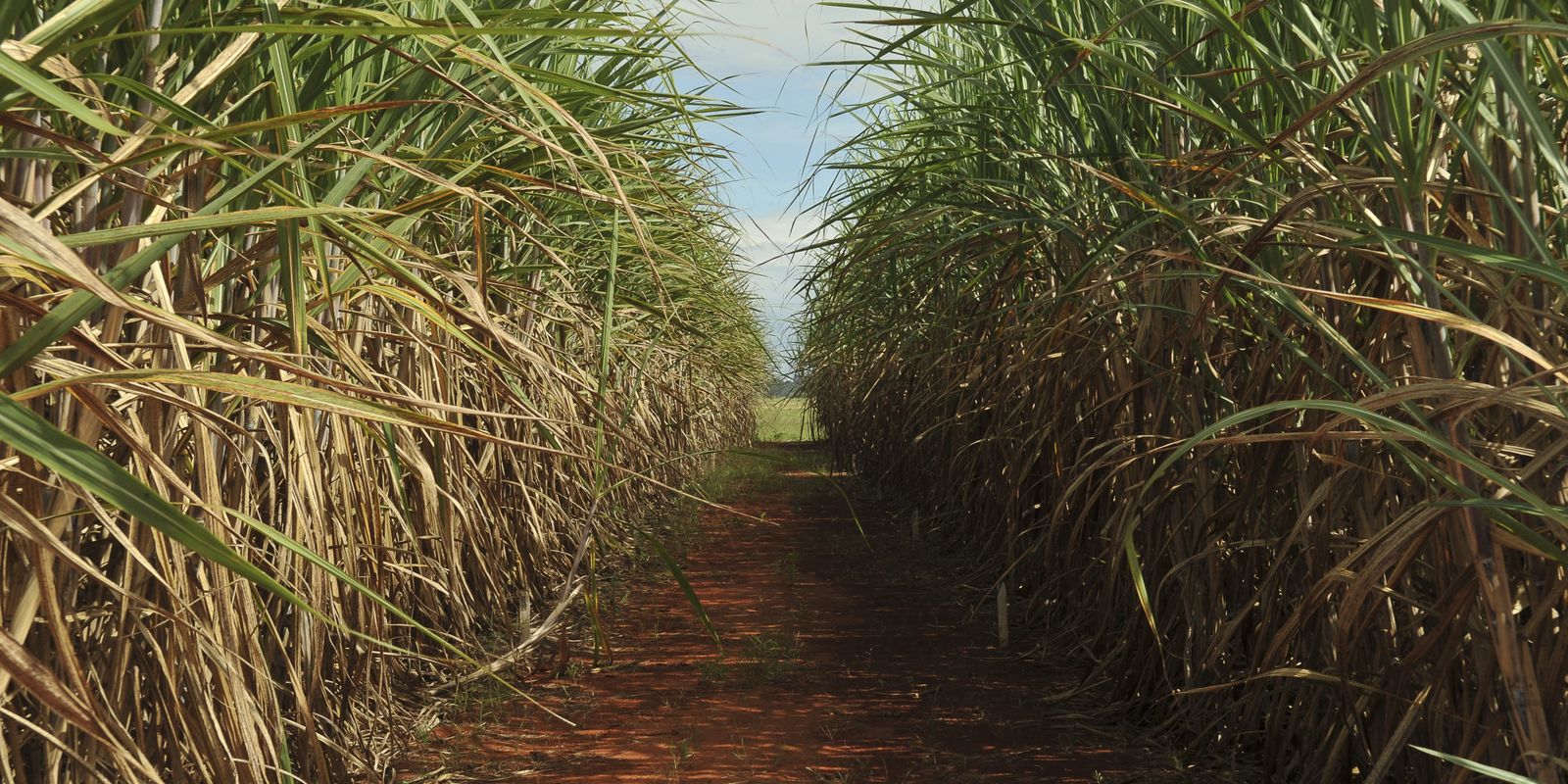A survey by the company Centro de Tecnologia Canavieira (CTC) indicated a drop in productivity per hectare in sugar cane harvested in the center-south region of the country, with an average of 69.7 tons per hectare (t/ha) in September 2024, compared to the same month in 2023, when there was an average of 83.4 t/ha. This week, the employer entity Union of the Sugarcane and Biotechnology Industry (UNICA) pointed out that the harvest had advanced in the state, with 12 units completing crushing by the second half of October. In the same period of the previous harvest, four plants had completed crushing.
The company, which monitors the development of technologies in the sector, observed a discreet gain in the quality of the raw material through the measurement of Total Recoverable Sugar (ATR) in the harvest, slightly higher in 2024, with 136.71 kg per ton of harvested sugarcane. UNICA observed a faster improvement among its members, with 160.30 kg of ATR per ton of sugar cane this year compared to 149.84 kg per ton in the 2023/2024 harvest – a positive variation of 6.98%. In the accumulated harvest, the indicator was 142.23 kg of TRS per ton, an increase of 1.03% compared to the same period last year.
UNICA reported that 255 production units operated in the center-south region in the first half of October, including 236 sugarcane processing units, nine companies that manufacture ethanol from corn and ten flex plants. In the same period, in the 23/24 harvest, 259 production units operated. The association also showed that, in the first half of October, production units in the central-south region processed 33.83 million tons, while in the previous harvest they had processed 32.93 million. The increase was 2.75%. In the 2024/2025 harvest until October 16, crushing reached 538.85 million tons, 2.36% more than the 526.43 million tons recorded in the same period of the previous cycle. Experts consulted by Brazil Agency They attributed the increase to an advance on the harvest, a measure used to avoid greater losses in productivity.
Expected decrease
According to Maximiliano Salles Scarpari, researcher at the Agronomic Institute (IAC), of the Secretariat of Agriculture and Supply of the State of São Paulo, the monitoring carried out by the PrevClimaCana project, in which he participates, indicated results below 2023 in the first quarter. He highlighted that the deficit had already been abnormal since December 2023 and increased in the period between March and October 2024, being the longest measured by the IAC since 1934, when the institute’s series began. As 2023 had a good water supply and a high ratio of tons of sugarcane per hectare, the crop failure became even more evident with this year’s extreme drought.
Maximiliano explained that increasing crushing is a common strategy in the sector, which adapts the harvest to take advantage of the most favorable moment, changing the planning within the harvest. “The plants are anticipating areas, and the harvest yield within the harvest was good. For the future, the tendency is that they will have more time to prepare for the next harvest, with maintenance of harvesting and grinding equipment”, stated the researcher , highlighting that the maintenance of a drought scenario should lead to an affected second harvest, as the sprouting, which is already starting now, had an impact. The extent of this damage, however, will only be measurable from mid-December and, more clearly, at the end of the first quarter of 2025.
“This year’s sugarcane was practically harvested, as it was a year of high water deficit. Few areas have not yet been harvested, and the tendency is to close with low t/ha, which, depending on stock, could impact prices of sugar and alcohol. This cannot be reversed, but it can be alleviated with irrigation techniques”, added Scarpari. Such a strategy, however, will depend on the granting of new water use permits which, at least in São Paulo, have been authorized in a judicious manner and giving preference to use in supplying cities. For producers, he adds, an alternative that has been discussed and even advised is the use of parametric insurance by producers, based on productivity criteria, whether in quantity (for t/ha) or quality (for ATR). This measure mitigated the impact, especially in the face of fires, to which the sector attributed an impact of around R$1 billion in losses this year.
Sugarcane preparation
Brazilian sugarcane varieties are selected to tolerate drought scenarios, according to researcher Vinicius Bufon, from the Brazilian Agricultural Research Corporation (Embrapa Meio Ambiente). As more than half of the production of the raw material occurs in areas of cerrado or transition to cerrado, with concentrated rains and droughts and fluctuating over a period of five to seven months, the plant is quite rustic and survives the elements, but “there will always be reduction in productive potential as a consequence. This worsens as sugarcane production migrates to the more inland savanna, but also in traditional producing regions, as climate change brings more frequent and more intense drought events”, warns Bufon.
He recalled that a drought like this year’s could generate even greater losses, which occurred in some monitored plants, where more than 15 t/ha was lost between 2023 and 2024. There are technologies, with recommended application for crops, that can mitigate the scenario, especially the adoption of irrigation in part of production. “The irrigated production system can be adopted, mainly, in two modalities. The first is rescue irrigation, which delivers a single application of water, immediately after harvest, of around 30 to 60 millimeters (mm). This corresponds to approximately 4% of the crop’s water demand during a harvest, but has a great effect in ensuring sprouting. The second alternative, called deficit irrigation, or controlled deficit irrigation, delivers 20% to 25% of the crop’s water demand during a crop. the harvest”, he argues.
The difference, according to the researcher, is that the rescue irrigation method can be adopted in 30% to 50% of the crop, especially in sugarcane fields harvested from May to September, the driest period, while the deficit irrigation technique could be adopted in 5% to 15% of the crop, especially in sugarcane fields with more limiting, sandy soil, in the period from July 15th to September 15th, historically the most critical in savannah regions. “The remainder of the sugarcane field, 40% to 70%, could be strictly dependent on rain, but harvested at the wettest ends of the harvest, from March to May and from September to November”, he adds.
Embrapa does not recommend the use of full irrigation under any circumstances and always after analysis by control bodies, which has favored the recognition of irrigated production techniques as a sustainable tool worldwide. “The inflationary pressure experienced in each of these drought events tends to accelerate the process. And this expectation is not just Brazilian. The world expects a lot from Brazil to meet the growing global demand for food security and biofuels, for example. Fortunately, we have sustainable technology to offer, we have innovative and competent farmers, and we hope that the framework of public policies and lines of financing can create the necessary incentives and legal security for the producer to take on the investment risk which, although very viable, demands a lot of investment”, recommended Bufon.
Exploration concessions were suspended in some critical periods, mainly in São Paulo, and the recovery of well levels in the main aquifers has not occurred every year, as highlighted in the report by Brazil Agency.
















